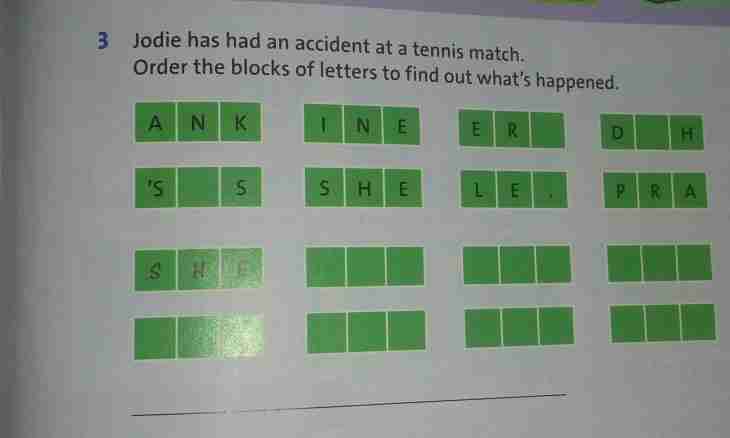Mathematics – science difficult and exact. Approach to it is necessary competent and not suffering haste. Naturally, here not to do without abstract thinking. As well as without handle with paper for visual simplification of calculations.
Instruction
1. Note corners by means of letters scale, a beta and an alpha which are formed by B vector with the direction in a positive side of an axis of coordinates. It is necessary to call cosines of these corners the directing B vector cosines.
2. Are equal in the rectangular Cartesian system of coordinates of coordinate of B to vector projections to axes of coordinates. Thus, B1 = |B| cos (alpha), B2 = |B| cos (beta), B3 = |B| cos (scale). From this it follows that: cos (alpha) = B1 | |B|, cos (beta) = B2 | |B|, cos (scale) = B3 |/B|, where |B| =sqrt (B1^2+ B2^2+ B3^2). And it means, chtocos (alpha) = B1 | sqrt (B1^2 + B2^2 + B3^2), cos (beta) = B2 | sqrt (B1^2 + B2^2 + B3^2), cos (scale) = B3/sqrt (B1^2+ B2^2+ B3^2).
3. Now it is necessary to mark out the main property of guides. The sum of squares of the directing cosines of a vector will be always equal to unit. However, that cos^2 (alpha) +cos^2 (beta) +cos^2 (scale) = B1^2 | (B1^2 + B2^2 + B3^2) + B2^2 | (B1^2 + B2^2 + B3^2) + B3^2 / (B1^2 + B2^2 + B3^2) = (B1^2 + B2^2 + B3^2) | (B1^2 + B2^2 + B3^2) = 1.
4. For example, it is given: vector of B= {1, 3, 5). It is necessary to find its directing cosines. The solution of a task will be the following: |B| = sqrt (Bx^2 + By^2 + Bz^2) =sqrt(1+9 +25) =sqrt (35)=5.91. The answer can be written down in such look: {cos (alpha), cos (beta), cos (scale) } = {1/sqrt (35), 3/sqrt (35), 5/(35) } = {0,16;0,5;0,84}.
5. One more way of stay. When you try to find guides of cosines of a vector of B, use a technique of a scalar product. We need corners between a vector of B and the directing vectors of the Cartesian coordinates of z, x and c. Their coordinates {1, 0, 0}, {0, 1, 0}, {0, 0, 1}. Now learn a scalar product of vectors: to an ogd a corner between vectors of D, that work of two vectors is the number equal to the work of modules of vectors on cos D. (B, b) = |B| |b| cos D. If b=z, then (B, z) = |B| |z| cos (alpha) or B1 = |B| cos (alpha). Further all operations are performed similar to way 1, taking into account coordinates x and c.

